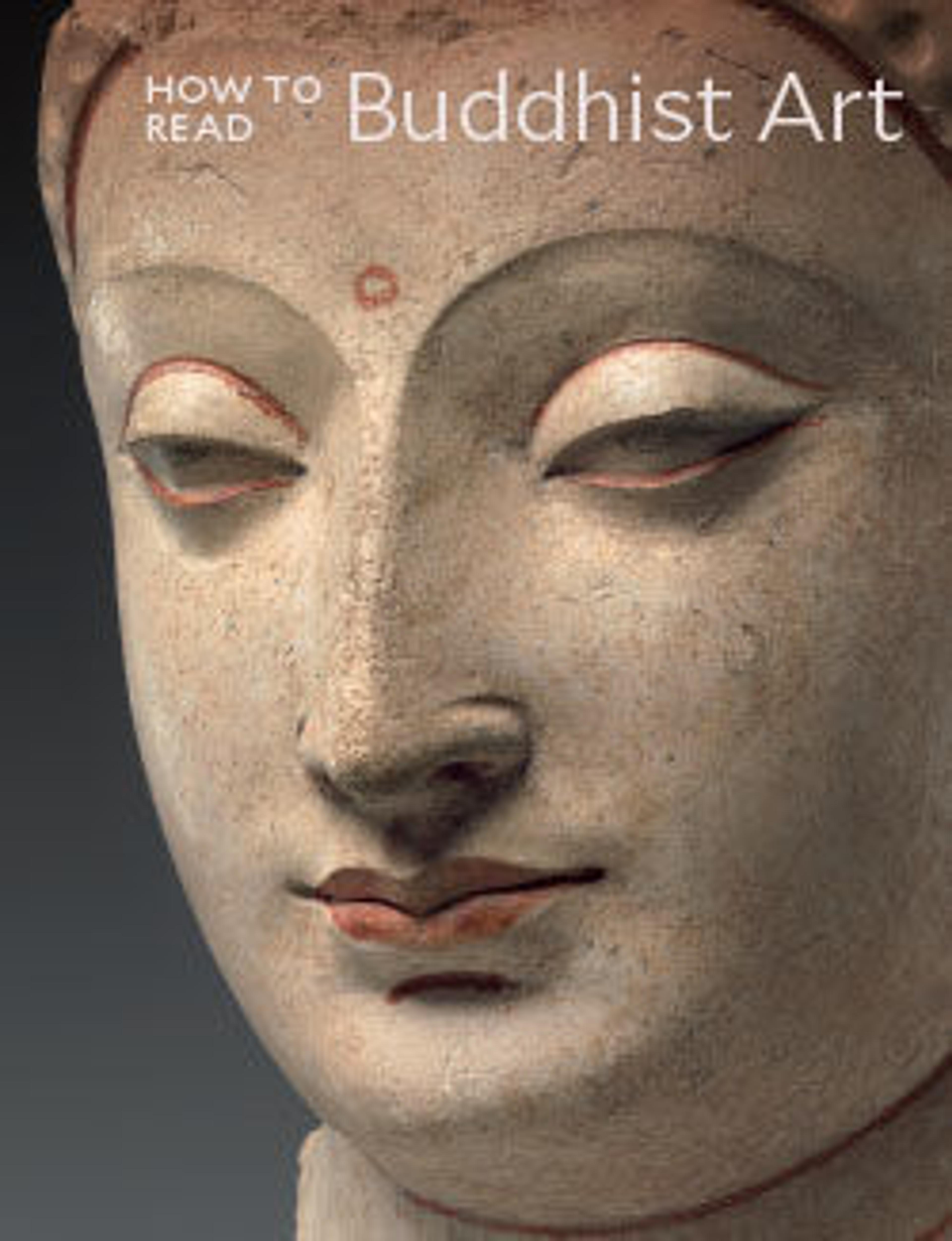Two Lotuses, from the Bharhut Stupa
These lotuses were part of a wish-fulfilling vine at the top of a high railing (vedika), which enclosed the sacred precinct of the Bharhut stupa (relic mound). This vedika was also embellished with some of the earliest reliefs illustrating past lives of the Buddha (jatakas), depictions of major life events, and local deities (yakshis and yakshas). The lotus is an auspicious symbol that alludes to the Buddha's enlightenment. The row of hanging bells at the bottom is likely a translation into stone of an earlier actual architectural embellishment.
Artwork Details
- Title: Two Lotuses, from the Bharhut Stupa
- Period: Shunga period
- Date: ca. 1st century BCE
- Culture: India (Madhya Pradesh)
- Medium: Red sandstone
- Dimensions: H. 14 7/8 in. (37.8 cm); W. 21 1/2 in. (54.6 cm); D. 2 1/2 in. (6.3 cm)
- Classification: Sculpture
- Credit Line: Gift of Mr. and Mrs. Earl Morse, 1972
- Object Number: 1972.215
- Curatorial Department: Asian Art
More Artwork
Research Resources
The Met provides unparalleled resources for research and welcomes an international community of students and scholars. The Met's Open Access API is where creators and researchers can connect to the The Met collection. Open Access data and public domain images are available for unrestricted commercial and noncommercial use without permission or fee.
To request images under copyright and other restrictions, please use this Image Request form.
Feedback
We continue to research and examine historical and cultural context for objects in The Met collection. If you have comments or questions about this object record, please complete and submit this form. The Museum looks forward to receiving your comments.
